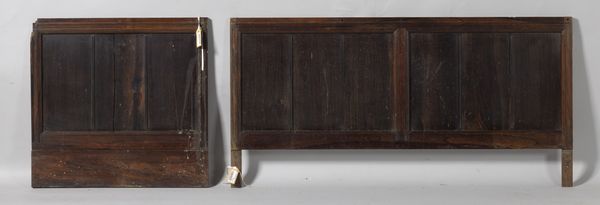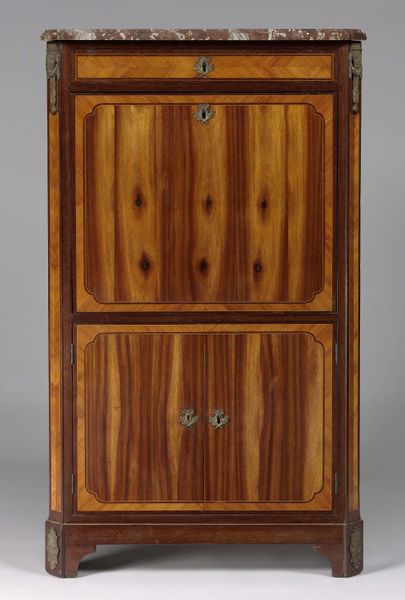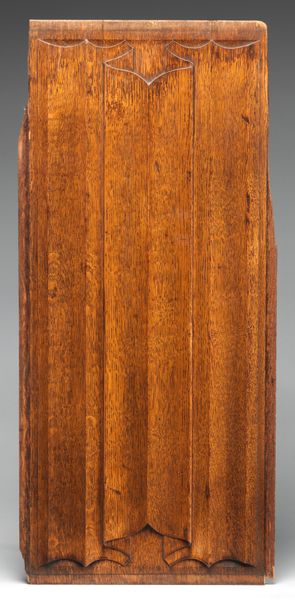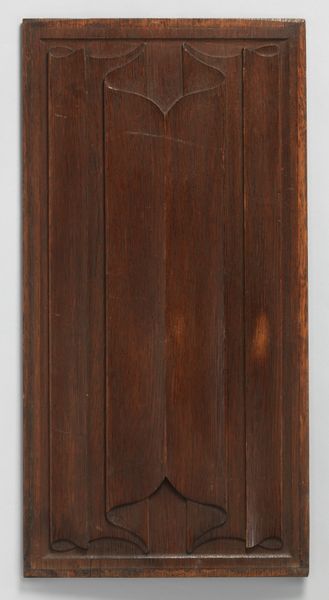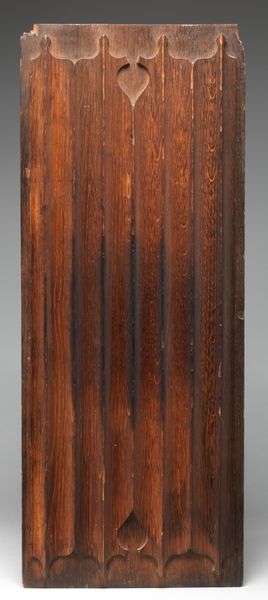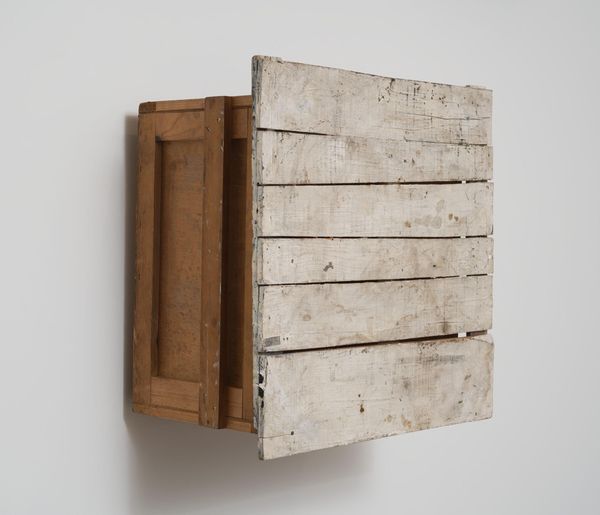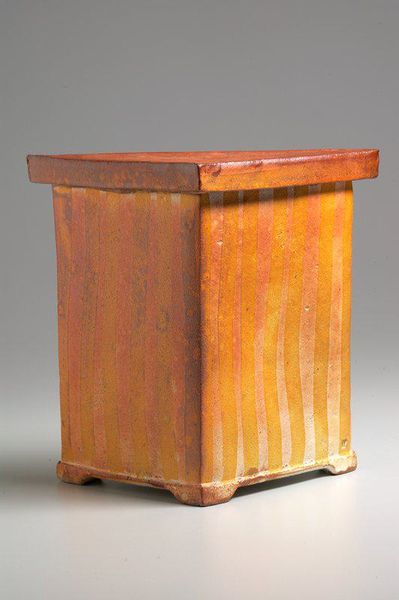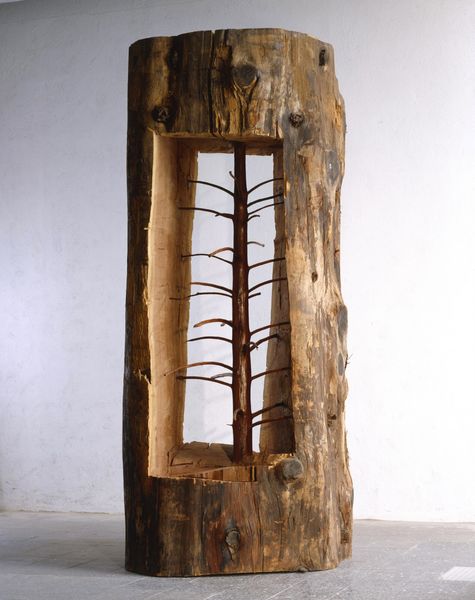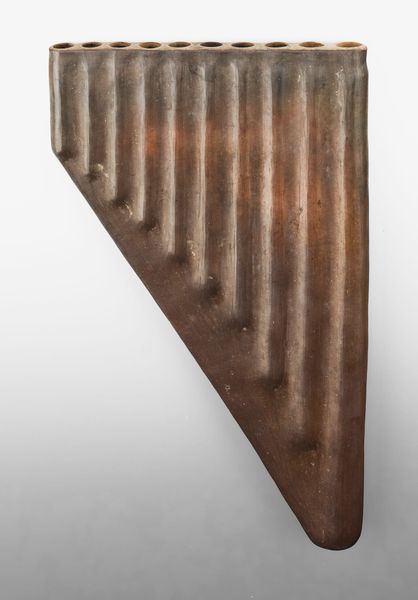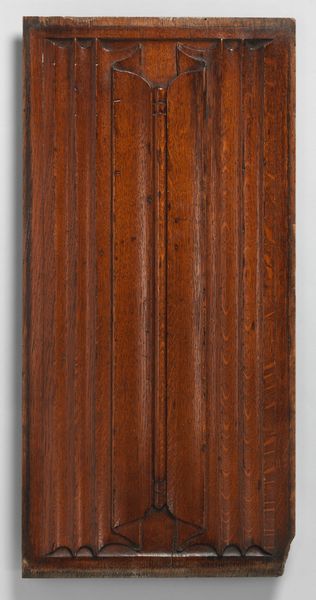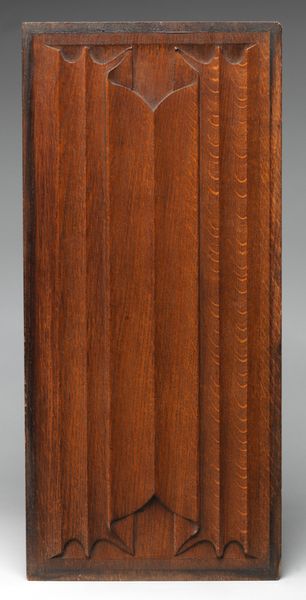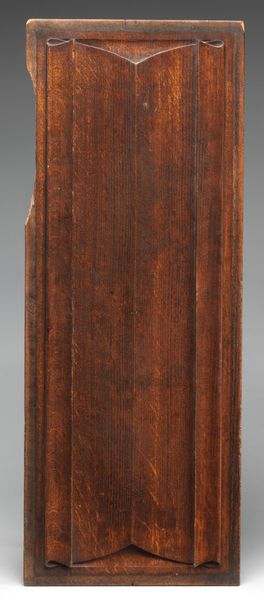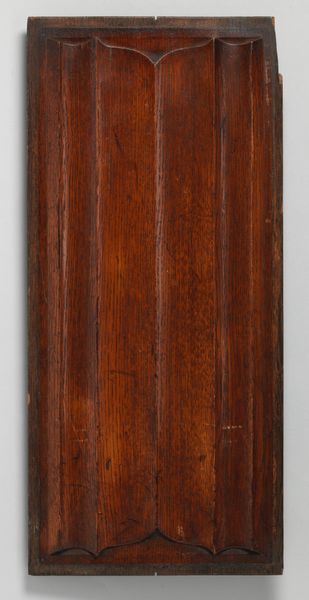
photography, wood
#
furniture
#
photography
#
united-states
#
wood
#
decorative-art
Dimensions: 9 5/8 × 14 1/4 × 10 in. (overall) 12 1/4 × 8 1/4 in. (seat)
Copyright: Public Domain
Do practical objects count as art? Does art always have to be decorative? Most museums have a collection of furniture, from ornate Rococo armchairs to painted Victorian chests and golden cabinets. This stool might seem uninspiring when you compare it to these grandiose creations – yet there’s so much beauty in its simplicity! 🪑 Now housed in the Art Institute of Chicago, this small stool was originally used for milking cows. It was crafted by hand between 1841 and 1860 in a Shaker colony. The Shakers were a Christian sect who relocated from England to Maine in the late 18th century. They soon established several communal villages, where they emphasised the values of simplicity, honesty, and utility. The name ‘Shakers’ comes from ‘shaking Quakers’, due to the group’s energetic movements during worship. Importantly, Shaker villages were among the first places to establish equality of the sexes in North America. Women often occupied leadership roles, and practical chores were shared by all members of the household. Just one Shaker village remains in the United States, but the group continues to be known for their distinctive style of furniture characterised by its rustic charm. This milking stool is crafted from maple and pine wood – two materials which were readily available in 19th-century Maine. It has three legs of even proportions. The wood has not been polished or painted, retaining its natural appearance. There’s no additional decoration or ornamentation. This minimalist style is plain and humble, yet it marks a striking departure from industrial manufacturing.
Comments
No comments
Be the first to comment and join the conversation on the ultimate creative platform.
